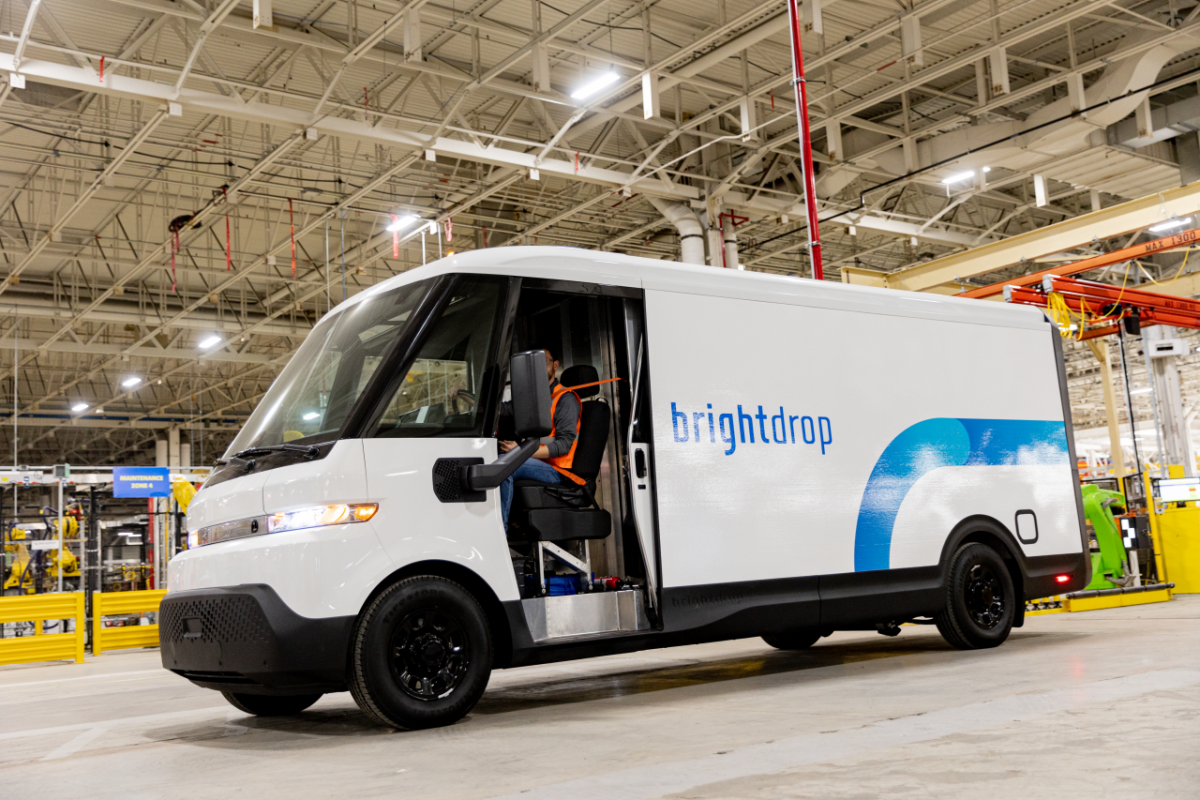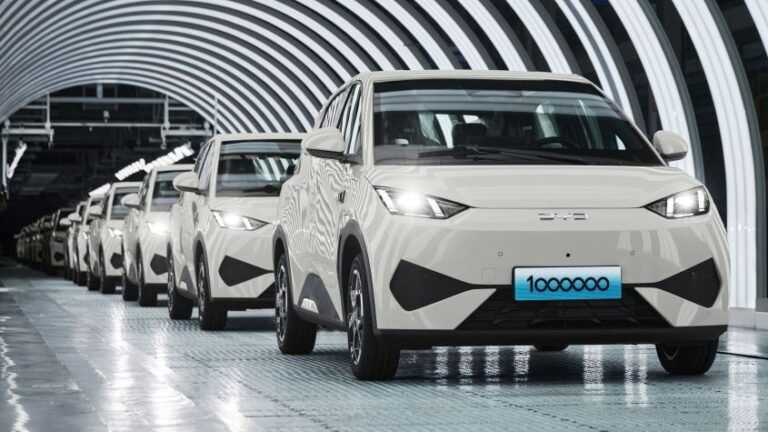The engine rumbles, the tires grip, the stereo kicks in—and the car looks like that dream ride. But behind the sleek sheet-metal and satisfying torque lies something invisible and far less thrilling. Seat sensors register your weight, the cabin microphone hears arguments, your location and every kilometer are logged. This is connected-car surveillance at full throttle: your vehicle quietly becomes a data vacuum, fueling a marketplace you never signed up for.
Why Modern Cars Have Become Surveillance Hubs
Modern vehicles feel like computers on wheels. They deliver driving dynamics—tight handling, quick 0-60 mph sprints, turbocharged punch—but also gather data on everything: where you go, how you brake, how long you idle. The Mozilla Foundation declared that cars are the “worst product category we have ever reviewed for privacy,” after analyzing 25 major brands and finding none met even basic standards.
Meanwhile the Federal Trade Commission (FTC) took action against General Motors (GM) and its subsidiary OnStar for collecting and selling drivers’ precise location and behavior data without clear consent.
So while you enjoy the ride, the car maker—or maybe an insurer or data broker—is cashing in on what your car, full of sensors, can tell them – where you live, where you shop, your kid’s school, even your weight.

How Automakers Collect and Sell Your Data
While you’re enjoying tight steering or punchy performance, your car’s sensors are busy too. Accelerometer, braking force, late-night drives—they all count. GM’s case revealed data was collected as often as every three seconds in some programs.
That “driver behavior” data gets bundled, sold to data brokers or consumer-reporting agencies, and it may feed into insurance or credit profiles. A seemingly harmless feature becomes a tracking tool. The ride quality might be smooth, the fuel economy efficient, but that comfort comes with a price: your privacy.
The worry isn’t just your commute—but the story your car tells about you afterwards.
The Data Trap Inside Modern Car Design
Jump into the cabin and it feels modern: large infotainment screens, premium materials, wireless connectivity, intuitive controls. But every tech convenience is a data portal. The voice command that starts the car or sets the seat remembers you. The app that unlocks your doors feeds telemetry back. That interior quietness? It hides microphones, sensors and networked modules that populate your digital dossier. The luxury you feel in the steering wheel is the same system watching how you steer.
How to Take Back Control
Enjoy the drive—but don’t hand over the data. When you buy your next vehicle, take one extra walk-around: ask the dealer what data you’re opting into. If they cannot answer you, huge red flag.
Once you buy, disable tracking features you don’t need. Decline “driver score” programs. If you find your car’s personality pleasing but its data habits troubling, walk away. The vehicle should serve you—not record you. You pull into your driveway, the engine ticks down, the quiet cabin greets you. That moment should feel like freedom… not another WiFi-enabled data trap.


